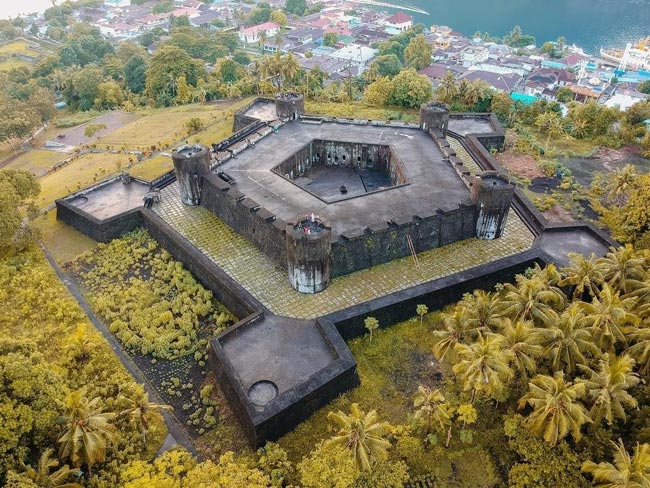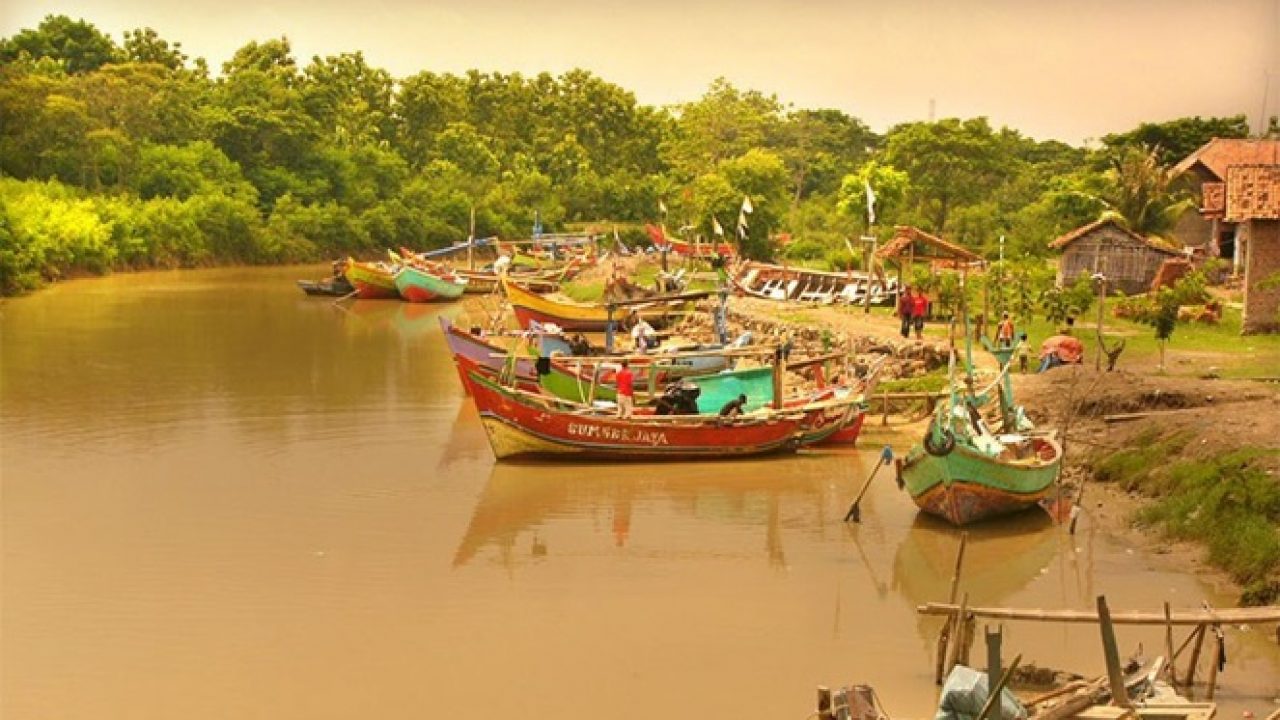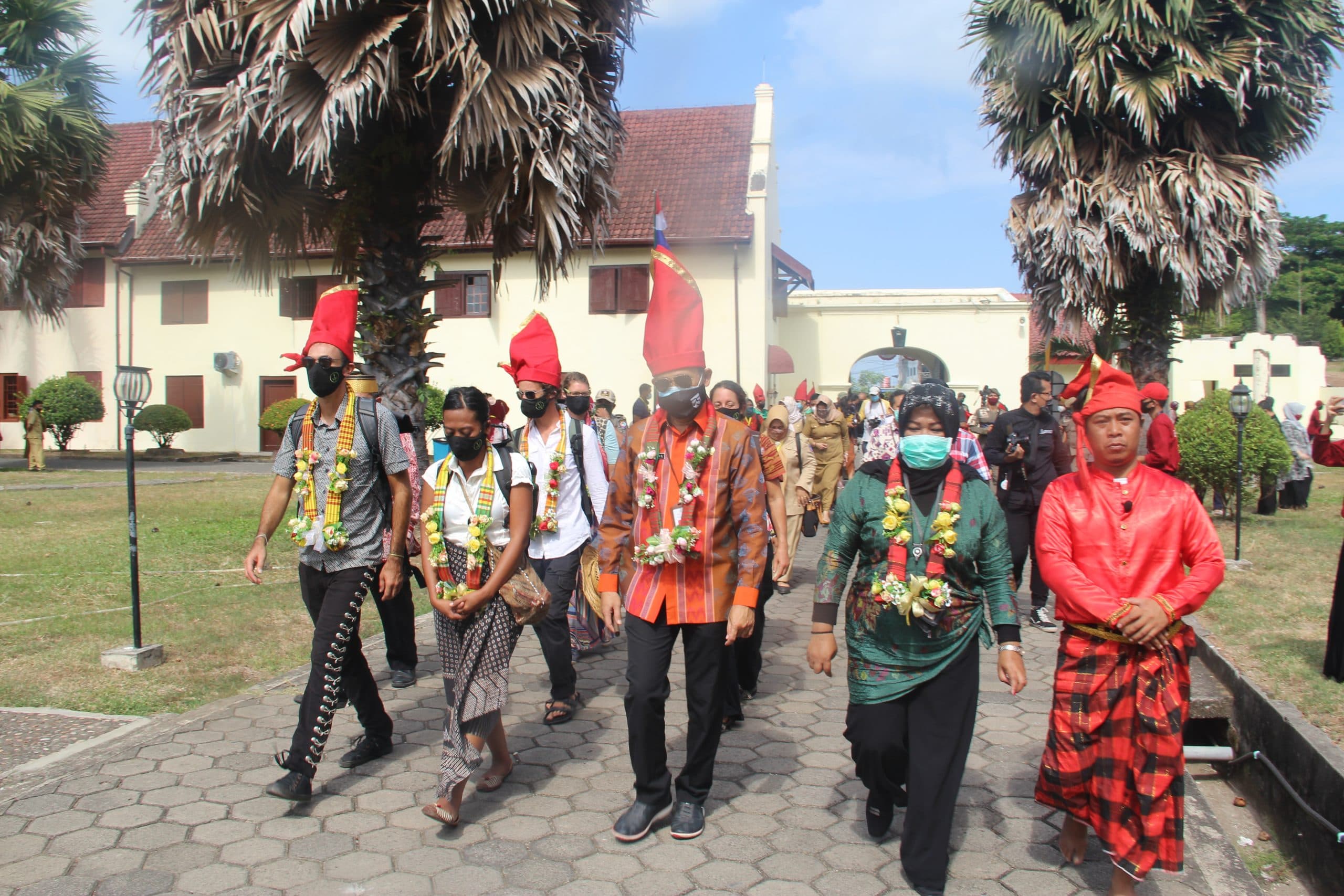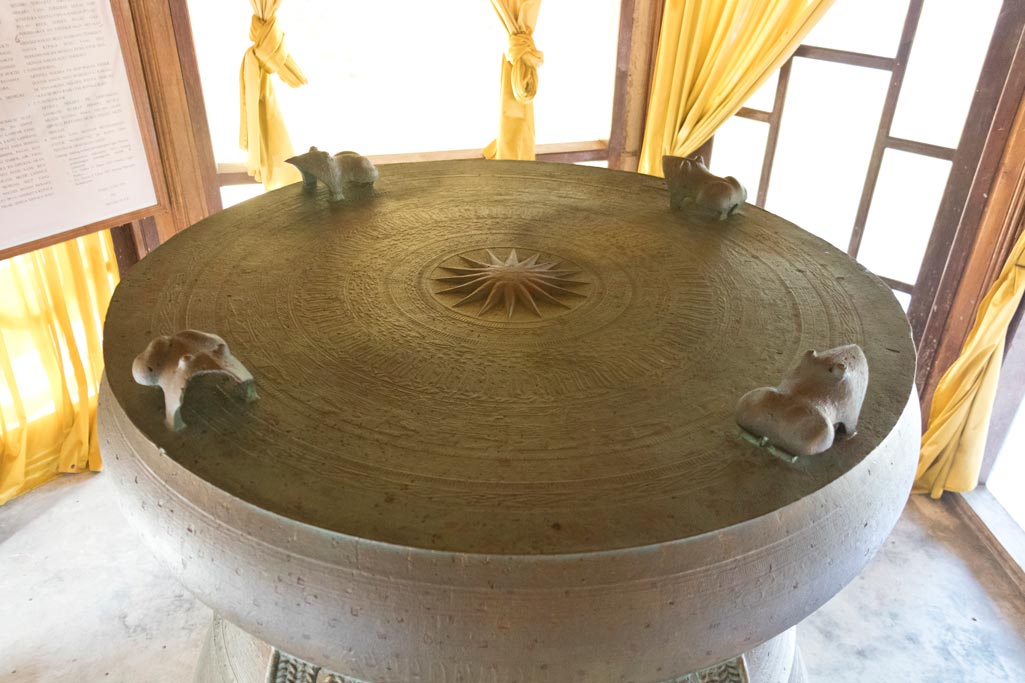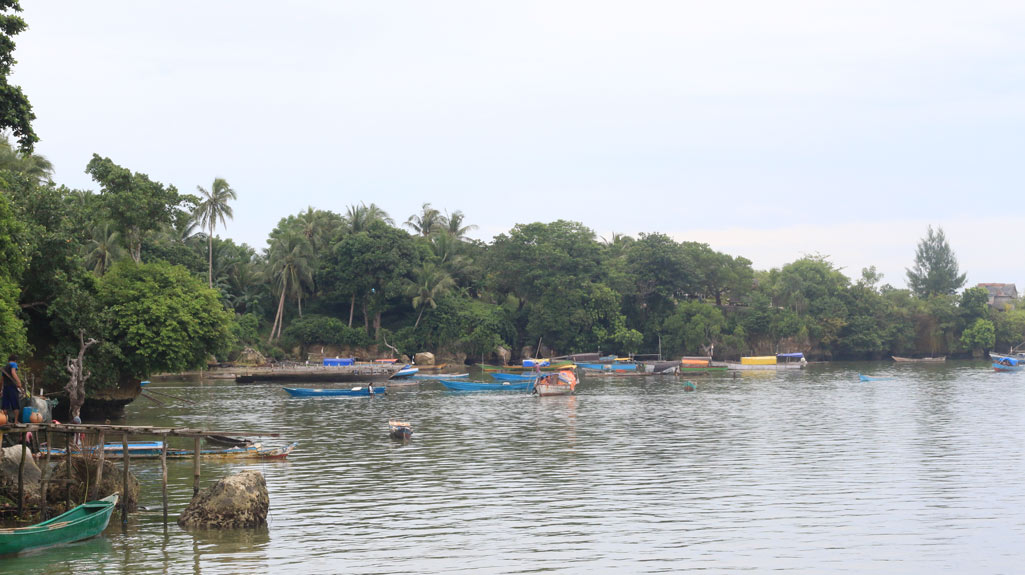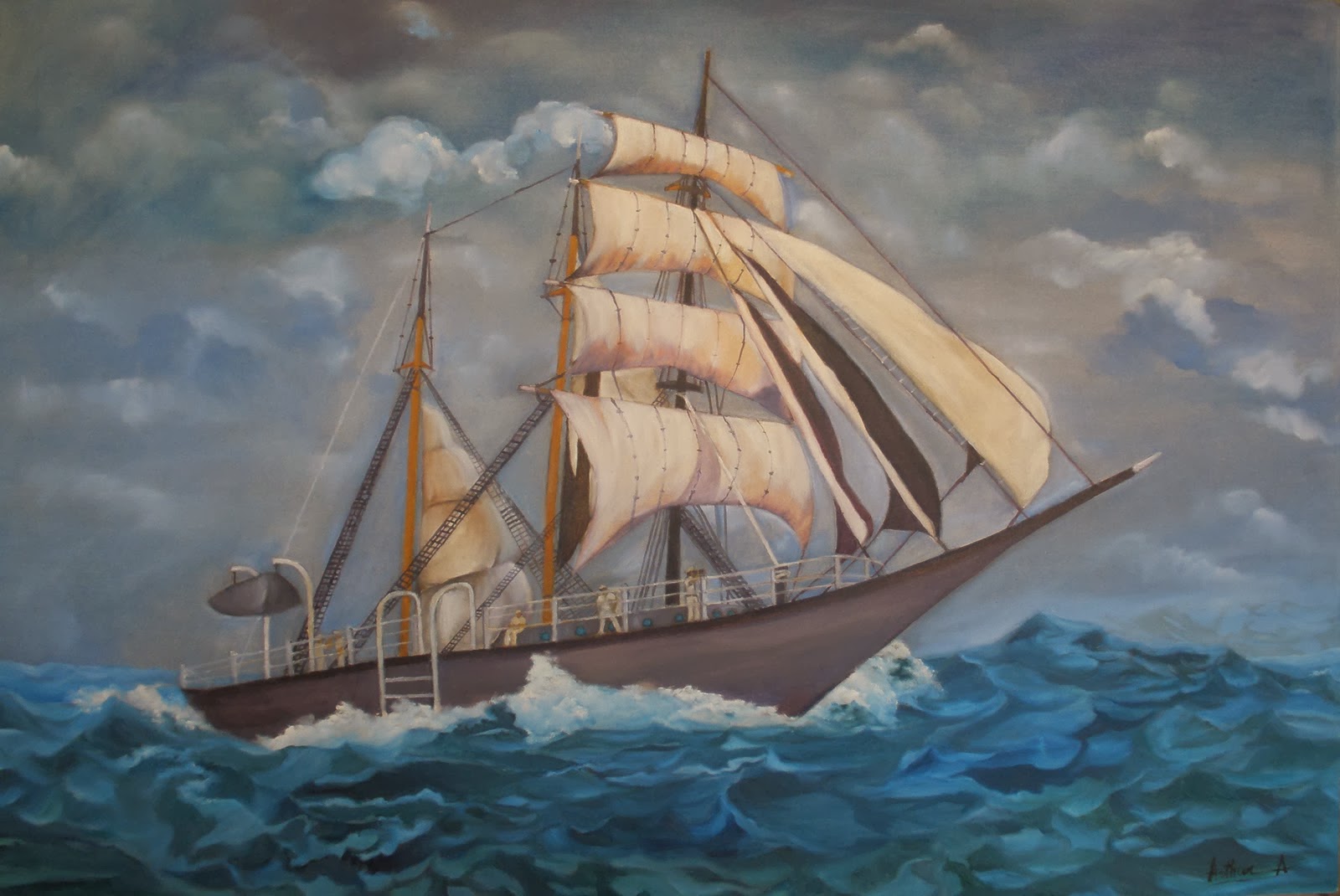
The spice trades played a significant part in shaping world civilization. Spices were a commodity that moved history and changed the world map. Besides being a commodity, spices have become specific cultural symbols for many people in the world.
It was not easy to get spices in the past. Spices had a magical benefits that functioned as medicines, preservations, tools for religious ceremonies, and seasonings. So it is not surprising that people from various countries fought for spices.
Began as a commodity, spices formed interactions among traders worldwide, followed by exchanges of knowledge, cultures, religions, and experiences. Thus, spices turned into a space where people from various countries gathered. It was a means of exchange and understanding among nations that gathered ideas, concepts, and identities.
The spice trades gave rise to routes and networks, which existed by dint of interactions. However, the routes and networks are two different things. Recently, we often hear these two things as “the Spice Routes”, a cultural route that will be proposed as UNESCO world heritage. So, What is the difference?
In a webinar entitled Jalur dan Jaringan: Rempah-Rempah Menghangatkan Dunia [The Route and Network: Spices Warm the World], (24/7), a historian and professor from Diponegoro University, Prof. Dr. Singgih Tri Sulistiyono, stated that the spice trades in the past did not merely form routes or paths; instead, they gave rise to networks.
The routes or networks emerged due to supply and demand between one area and the other. Since the space limited the supply and demand, the suppliers and demanders needed particular routes or paths to move commodities, thus accepted by the buyers.
The routes functioned to move commodities, including spices, from one place to another in line with the supply and demand mechanism in the trades. Thus, it encouraged the forming of trade routes.
With its complexity, the Spice Routes gave rise to tangible and intangible cultural heritage, such as ships, ancient ports, forts, ancient buildings, and the tradition related to culinary and spices.
In the spice trades, the routes led to the emergence of networks. Different from a trade route, which means route or physical trajectory point, networks were invisible. A network consisted of socio-cultural aspects that occurred due to commodities exchanges involving trading partners among nations.
A network was essential to determine the productions and distributions of spice trades. It left cultural footprints or the trace of connectedness among nations in the form of social formations. In its relation with UNESCO, it is classified as UNESCO Intangible Cultural Heritage. Eventually, traces and networks were two related things. Both of them became essential things that existed because of spice trades.
Source:
Webinar Jalur dan Jaringan: Rempah-Rempah Menghangatkan Dunia, 24 July 2020, presented by Prof. Dr. Singgih Tri Sulistiyono.
Text: Tiya S.
Editor: Doni Ahmadi
Translator: Dhiani Probhosiwi



